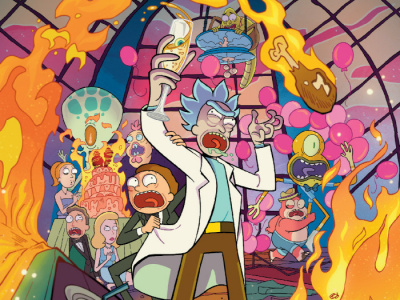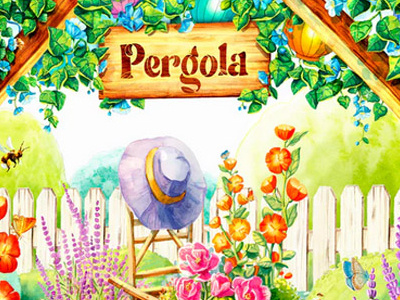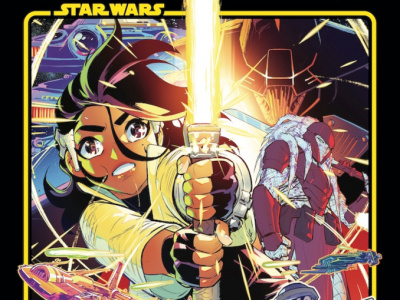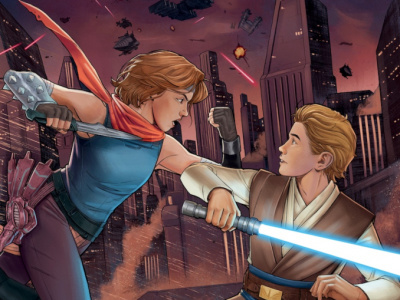We interviewed Dark Horse Marketing Manager Jeff Macey to find out how Dark Horse uses variant covers and how it views their use. Dark Horse doesn't use very many variant covers; Marketing Manager Jeff Macey told us he thinks variants took the rap for bigger problems in the 90s comic bust.
This interview is one of four interviews with executives from the top comic companies in which we explore the questions around the recent use of variant covers as a marketing technique. We lay out the landscape in 'Variant Covers--Are They Back?' The other three interviews are: 'Variant Covers -- Marvel's Gui Karyo,' 'Variant Covers -- DC's Bob Wayne,' and 'Variant Covers -- Image's Erik Larsen.'
First I want to make sure that I understand how Dark Horse uses variant covers -- I know you use photo and art covers for some of the licensed books, and allow retailers to order each as a separate SKU. Are there other uses of variant covers for first printings?
The school of thought for art v. photo covers on our licensed books seems evenly split on the retail level. Therefore, we offer each (as you say) as a separate SKU to give retailers the choice. Occasionally (not in a while) we do variant covers for first printings, but only once or twice since I've worked here (two years). In each case, we let retailers order them separately.
We really have no comprehensive policy regarding variant covers because we don't use them very often. We do try not to be crassly commercial in their use.
Do you use different covers for second printings?
We avoided doing this for a while, but retailers actually asked for it; so we're starting to do it. We did employ this strategy successfully on our Conan reprints, and we're offering a third cover for the third reprint (coming in two weeks). I think we're honestly getting different people to buy Conan with the three different artists we have on the covers (Linsner, Campbell, and now, Cary Nord).
How do you respond to the argument that variant covers encourage speculation and emphasis on the aftermarket value of a comic rather than on the entertainment value?
I think variant covers are sought out by speculators; they don't necessarily turn people into speculators. I think people can buy two copies of the same comic with different covers because they like both covers, rather than because they think the comics will be worth untold riches down the road.
Some are seeing a return to the marketing techniques that helped lead to the collapse of comic sales in the early 90s. What's your reaction to that concern?







